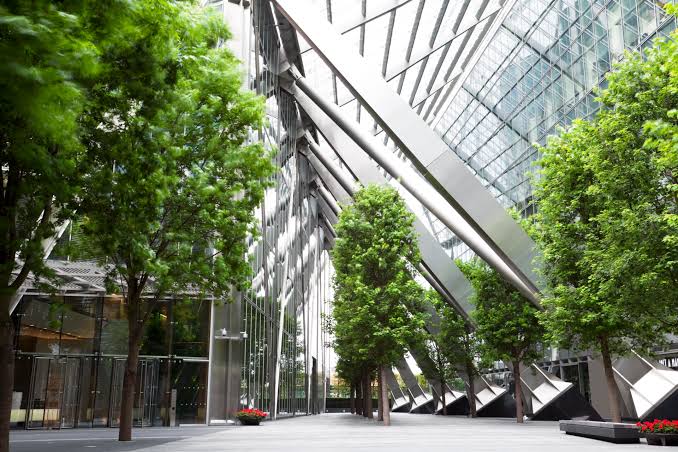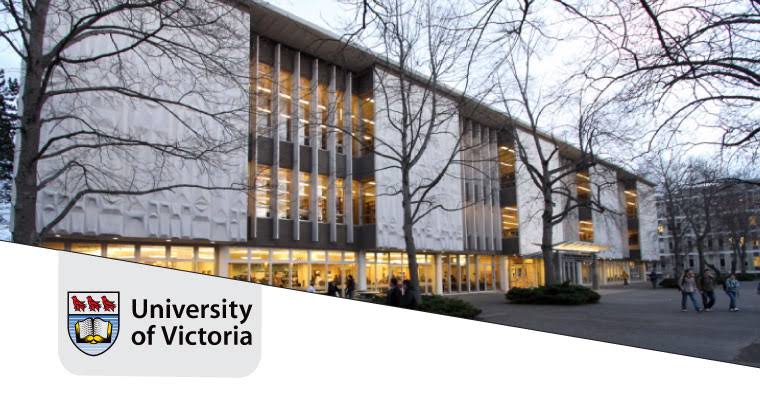In recent years, sustainable infrastructure has become a key part of Canada’s development plans. By July 2025, the country is speeding up its shift to green building, clean energy, and climate-proof construction. With rising temperatures, changing weather, and growing cities, the need for infrastructure that supports the environment, society, and economy is very important. Canada’s plan is clear and bold, focusing on economic growth while protecting nature and ensuring fairness through smart infrastructure choices.
Government Policies and National Commitments
The Canadian federal government has played a crucial role in promoting sustainable infrastructure by implementing ambitious policy frameworks and long-term investment plans. As of 2025, the “Green and Inclusive Community Buildings Program” remains a major initiative, offering funding for projects that lower emissions, increase accessibility, and promote Indigenous participation.
Canada’s updated climate action plan includes targets for net-zero emissions by 2050, with infrastructure playing a vital role in meeting these goals. The Infrastructure Canada agency has prioritized the construction of public facilities that comply with zero-carbon standards, as well as the retrofitting of older structures to improve energy efficiency.
Provinces like British Columbia and Quebec are also leading with their own climate-aligned infrastructure policies. These policies require new public buildings to meet LEED certification standards or use low-emission materials, while promoting public-private partnerships for sustainable innovation.
The Rise of Green Building Practices
Green building design has become more mainstream across Canadian cities and towns. Developers and architects are incorporating environmentally responsible materials, energy-efficient technologies, and sustainable water management systems into their designs.
As of July 2025, buildings that meet Passive House standards or incorporate net-zero energy systems are becoming more common. Smart systems that regulate heating, lighting, and water usage are now standard features in many commercial and residential developments.
Canada’s Green Building Council continues to push for widespread adoption of LEED and Zero Carbon Building certifications. In major cities like Toronto, Vancouver, and Calgary, new high-rise buildings increasingly include rooftop gardens, solar panels, and greywater recycling systems.
Green schools, libraries, and recreational centers are being built in both urban and rural communities, not only to reduce environmental impact but also to promote healthier living environments. These designs enhance indoor air quality, provide better natural lighting, and use renewable materials, contributing to improved public health outcomes.
Investment in Renewable Energy Infrastructure
The growth of sustainable infrastructure in Canada is also closely tied to renewable energy development. Significant investments have been made in solar, wind, hydro, and geothermal power generation to reduce reliance on fossil fuels.
By mid-2025, Canada has expanded its wind farm capacity across provinces like Alberta, Manitoba, and Nova Scotia. These large-scale renewable projects are often integrated with community energy storage systems, which help manage supply and demand more effectively.
Solar energy has also seen widespread adoption, particularly through government-backed initiatives that support solar installations in schools, hospitals, and affordable housing units. Many rural and northern communities now use solar microgrids to reduce dependence on diesel generators, promoting both sustainability and energy independence.
Major public transit infrastructure projects are also being powered by renewable energy. For example, electrified bus fleets and light rail systems powered by clean electricity are replacing older diesel-powered systems in many Canadian cities.
Resilient Urban Planning and Transportation
Urban planning is undergoing a transformation, with sustainability and resilience at its core. Cities are adopting comprehensive master plans that integrate green spaces, cycling infrastructure, and sustainable transportation networks to reduce carbon footprints and increase urban livability.
Active transportation projects, such as bike lanes and pedestrian paths, are expanding, while public transportation is being modernized with electric buses and low-emission trains. In 2025, Toronto and Montreal are both rolling out electric rapid transit vehicles as part of long-term strategies to cut urban emissions and reduce traffic congestion.
Smart city technologies are being integrated into infrastructure to monitor energy usage, detect structural weaknesses, and optimize traffic flow. This data-driven approach helps cities respond to climate stressors like floods and heatwaves with agility and foresight.
Additionally, many cities are adopting zoning laws that promote mixed-use development and discourage urban sprawl. This helps reduce commute times, lowers vehicle emissions, and makes cities more walkable and community-oriented.
Indigenous-Led Sustainable Infrastructure Projects
Indigenous communities in Canada are at the forefront of many sustainable infrastructure initiatives, blending traditional knowledge with modern engineering to create environmentally harmonious projects.
These projects prioritize community needs, cultural preservation, and environmental stewardship. For instance, Indigenous-owned solar farms, eco-friendly housing developments, and sustainable water treatment systems are being built in collaboration with government and private partners.
In 2025, programs like the Indigenous Homes Innovation Initiative have enabled First Nations and Métis communities to lead infrastructure projects that reflect their values while meeting modern sustainability standards.
Such efforts not only provide cleaner and more resilient infrastructure but also promote self-sufficiency and economic empowerment. They serve as powerful models for inclusive and community-driven development.
Challenges and Future Opportunities
Despite these advancements, challenges remain. Infrastructure costs are rising, supply chain disruptions continue to affect access to sustainable materials, and workforce shortages in construction and engineering persist. Smaller communities often lack the financial or technical resources to implement ambitious sustainability projects without external support.
However, these challenges also present opportunities for innovation. In 2025, Canada is seeing a growing push toward circular economy principles in infrastructure—using recycled materials, designing for durability, and repurposing older structures rather than demolishing them.
Workforce development programs are also expanding to train workers in green construction practices, energy auditing, and project management. As the demand for sustainable infrastructure grows, these training initiatives will be vital in scaling solutions nationwide.
Conclusion: Building for a Greener Future
As of July 2025, Canada’s commitment to sustainable infrastructure is reshaping the national landscape. Through government leadership, private innovation, and community participation, the country is investing in buildings, energy systems, and transportation networks that prioritize long-term environmental and social well-being.
While challenges persist, the direction is clear: sustainable infrastructure is no longer a niche trend—it is a national priority. With continued investment, inclusive planning, and a focus on innovation, Canada is positioning itself as a global leader in green development, building communities that are not only resilient to climate change but also more equitable, healthy, and prosperous for generations to come.



